Digging out for wealth, here lies a bunch of special people with special abilities you could ever find; dancers, farmers, engineers, doctors and great leaders.
From the fine tarmac that stretches through Ntinda to Nakawa from Kampala, opposite the fancy buildings, banks and vast supermarkets lie a dusty-quiet facility of people different from you – call them the hearing impaired persons!
Ntinda is well known to attract big shots in government, expatriates and high-income-earning Ugandans, basically, the cream in society, majorly because it has few slums but….It is also the home of Uganda School for the Deaf, the first of a kind in Uganda.
The school was established in 1959 by the Uganda Society for the Deaf at Namirembe Hill on leased land from the church of Uganda though it started in 1952 in a single room behind Mengo SS.
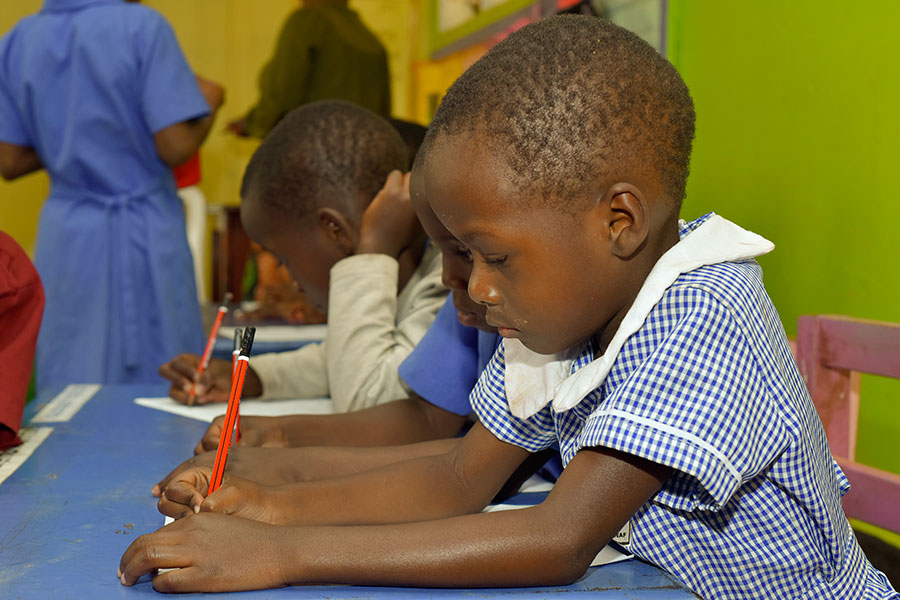
However, in the 1970s, President Idd Amin Dada donated this land and laid a foundation stone. The school has 2 classroom blocks that house classes from Nursery to Primary, two side dormitories for girls and boys and the administration block.
Off the noisy road just adjacent to the main entrance, the dust was speaking very louder than the green world inside the quiet environment.
Uganda School for the Deaf is a government-aided Primary School bringing together all categories of Deaf children, including Deaf children with multiple disabilities.
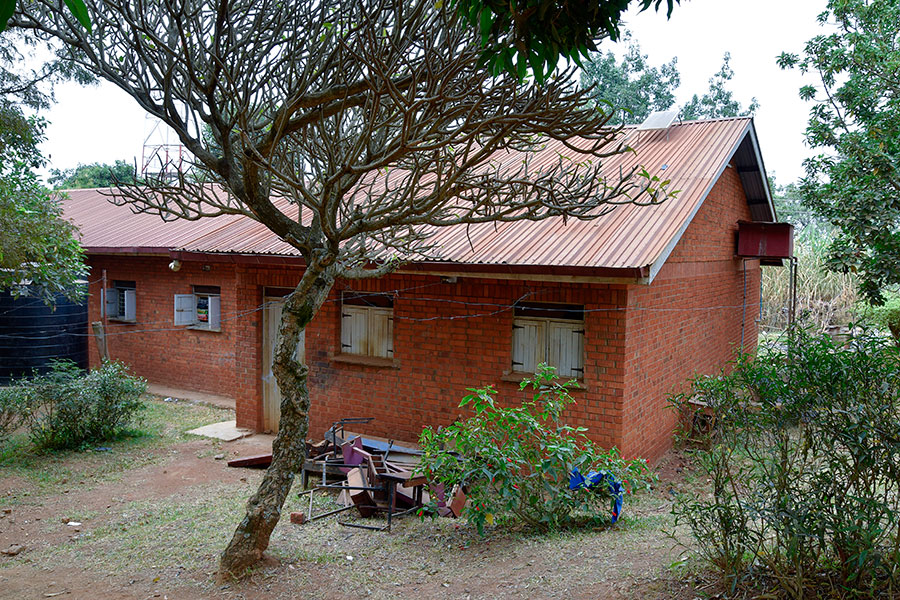
Here we meet our first contact with great hospitality, Yvonne Babirye the 8-year-old who just lost her twin sister a year ago. Babirye could not hide the joy upon seeing the Bravo Shoes Community Support Team,
Flying high in the palms, uniform bubbling voices and naked smiles from the cute-looking souls
Babirye is one of the 250 students attending this school, her parents discovered that she was deaf after one year and they tried to save their daughter but in vain. She is now a student among other 25 students in a similar condition.

“Yvonne, her parents followed up after one year and proceeded to Mulago but it is always difficult to reverse and through a connection of other parents, Yvonne joined this year,” said the Head Teacher Juliet Mary Tumuhairwe.
According to Tumuhairwe, many of the students here come through connections mainly from fellow parents, schools and different non-government organisations.
“These children are all connected somehow, through parent to parent, through organisations and mosques while others are identified in ordinary schools. We send them to an audiologist in Mulago.” She said.
The school offers a special curriculum to the deaf community and additional vocational studies from Nursery to Primary Seven.
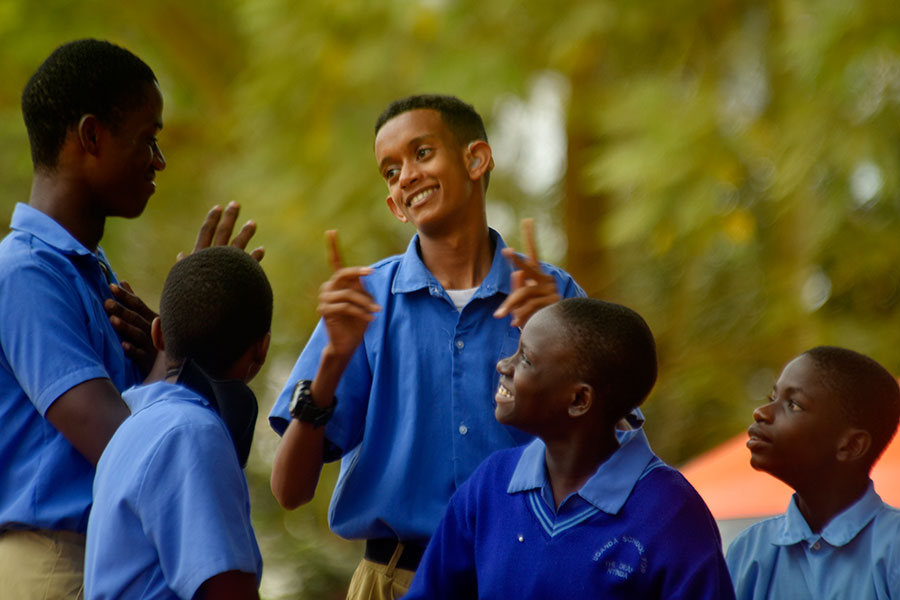
“The education to the deaf has not been in vain, they have excelled in academics and vocational and many have graduated and become responsible people in Uganda,” she said.
However, not so many have passed with flying colours and many need an extra hand to aid performance. Tumuhairwe says it is expensive because every child needs a transcriber and some students may not be able to interpret some signals in order to compete favourably with normal people in the academic spheres.
The Lip Reader

Lip-reading (sometimes called speechreading) is the ability to understand speech by carefully watching the lip patterns and movement of the tongue and face
Teacher Nakaggwa Priscilla is a deaf instructor at Uganda School for the Deaf and partly deaf since she was 13 years old, her zeal is to change the deaf community into a meaningful world using her teaching skill.
According to Nakaggwa, she was not born deaf but when she was 13 years old, she developed hearing challenges.
“My deafness was a process, I wasn’t born deaf I had learnt some words but later became deaf,” she said
Nakaggwa says that everyone is a candidate for this problem because some people get into accidents and others don’t know how they became deaf. It could be genetic from either the father or the mother.
The enthusiastic Nakaggwa never lost hope, she commands her last strength into teaching and resurrecting hope for children.
“I want to work hard to build a strong foundation for the deaf and support deaf families. There are a lot of challenges and I want to advocate for deaf children. Everything is possible with God,” said Nakaggwa.
Catherine Nantumbwe, a medical practitioner on a volunteer basis and a caretaker at the Boy’s Dormitory describes the experience with the deaf community as interesting. She says that her time at Uganda School for the Deaf has turned her into an adorable mother.
“I treat them, they come to me with thanks and asking a lot of questions like can I one day become a nurse or a doctor?…. I say you can, then they ask….can I really manage?….one day one of them asked why do you want us in class?” she explained.
Dilapidated Buildings
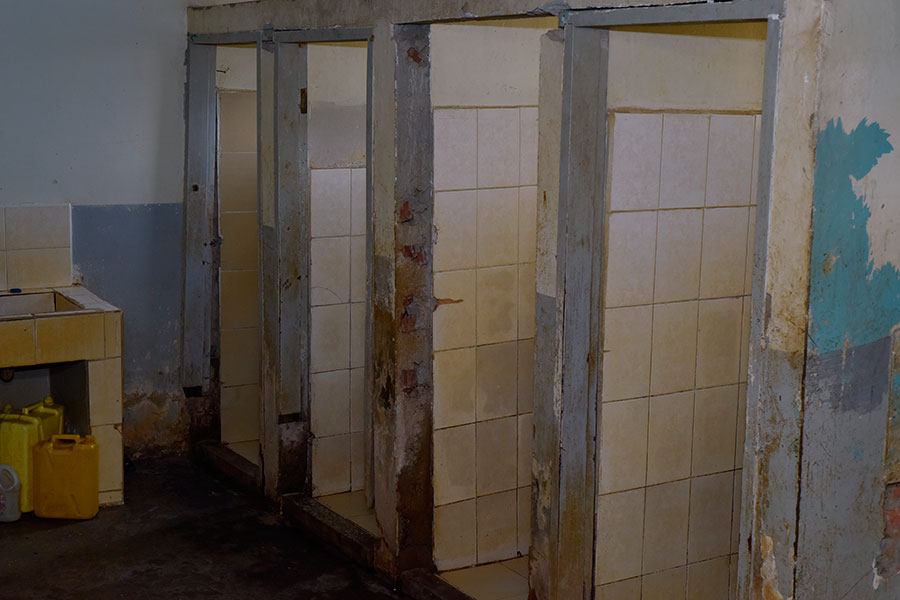
Over 60 years ago, the structures have since gotten tired, according to the Head Teacher Juliet Mary Tumuhairwe, the school has been serving deaf learners and deaf-blind children and it is now very old and needs a lot of rehabilitation.
“It is very old and we need a lot to rehabilitate; desks, the ceiling is licking, the dormitories and the ground is dusty in which we need walkways and the sick bay needs drugs,” she cried out.
Tumuhairwe adds that the school has additional non-teaching staff and they need logistical intervention.
She called upon parents to do more home projects that will help the students to learn other income-related activities.
Uganda has close to 2 million deaf persons making up 2.9% of the population as per the Uganda Bureau of Statistics report with 95% of adults estimated not to have been at school at all.
It is also estimated that 90% 0f the deaf are born to hearing parents where the main language is spoken language but not sign language and as a result, 80% of these children born deaf have a language first on their sixth birthday.
40% of deafness results from infection and diseases such as meningitis and malaria, among others; most of which are curable diseases.
Genetic reasons account for 5% of causes of deafness, 10% accounting for the results of accidents and physical mistreatment; damages and diseases during pregnancy and labour taking a whole 30% with 15% causes of deafness unknown
Section 7(3) (a) and (b) of the Persons with Disabilities Act, 2006; require sign language to be introduced in the curriculum for medical personnel and also interpreters to be included in the hospital organisation structures. However, the above provisions have not been complied with in so many institution structures.
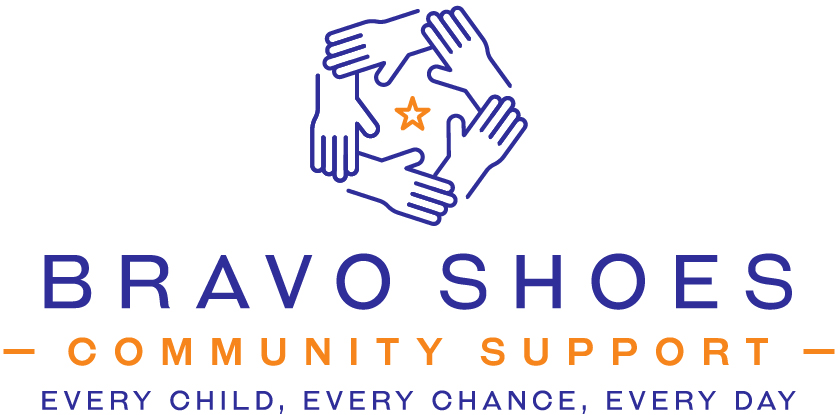


I also have a hearing problem but feel like helping those who are deaf and those who don’t hear well through volunteering and learning sign language